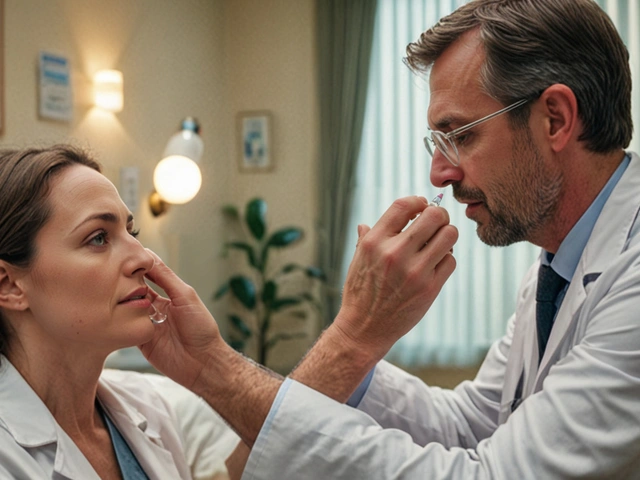Antiretroviral Therapy Explained: What You Need to Know
If you or someone you know is living with HIV, antiretroviral therapy (ART) is the name you'll hear a lot. In plain terms, ART is a mix of medicines that keep the virus from multiplying, letting your immune system stay strong. The goal isn’t a cure – it’s to push the viral load so low that everyday life feels normal and the chance of passing the virus on drops dramatically.
Why Starting ART Early Makes All the Difference
The moment you get an HIV diagnosis, doctors recommend beginning treatment as soon as possible. Starting early means the virus has less time to damage your immune cells, which translates into fewer health problems down the line. Studies show people who start ART within weeks of infection keep higher CD4 counts and enjoy better long‑term health. Waiting doesn’t just risk more damage; it can also make finding an effective drug combo harder later on.
Picking the Right Regimen for You
Modern ART usually involves one pill a day that combines two or three drugs, making life easier than juggling multiple bottles. Your doctor will look at factors like other health conditions, possible side effects, and how you feel about taking medicine daily. For most people, a once‑daily regimen with a low side‑effect profile is the sweet spot. If you notice trouble sleeping, nausea, or mood changes, speak up – there are alternatives that can fit better.
Adherence is the secret sauce of successful ART. Missing doses lets the virus bounce back, which can lead to drug resistance and limit future options. Set alarms, use pill boxes, or link your medication time with a daily habit like brushing teeth. Even if you slip up once, get back on track right away – the virus doesn’t give you a warning period.
Monitoring is another routine part of ART. Every few months, you'll have blood tests that check viral load and CD4 count. A “undetectable” viral load means the virus is so low it can’t be measured by standard labs; this status also means you’re effectively non‑infectious to partners (U=U). Keep these appointments; they confirm your regimen works and catch any side effects early.
Living with HIV on ART isn’t just about pills. Nutrition, exercise, mental health, and regular check‑ups all play a role. Eating balanced meals helps your body process medication better, while staying active boosts immune function. If you feel anxious or depressed, reach out to counselors or support groups – many find that talking openly improves adherence and overall wellbeing.
Bottom line: antiretroviral therapy turns HIV from a life‑threatening disease into a manageable condition. Start early, stick with your regimen, and stay in touch with your healthcare team. With the right plan, you can live a full, healthy life while keeping the virus under control.
Raltegravir and Sleep: Understanding its Impact on Sleep Quality for HIV Patients
Sleep quality is a common concern for individuals taking raltegravir as part of their HIV treatment. This antiretroviral drug can influence sleep patterns, and understanding its effects is crucial for managing sleep quality effectively. The article explores how raltegravir interacts with sleep, practical tips for maintaining good sleep hygiene, and insights into the relationship between HIV treatment and rest. By shedding light on these factors, patients can better navigate their treatment journey.
About
Medications
Latest Posts


OpenFDA API vs FAERS: How to Pull Side‑Effect Reports and Detect Signals
By Orion Kingsworth Oct 26, 2025

Dapagliflozin: FAQ, Guide, and Expert Answers for Diabetes and Heart Health
By Orion Kingsworth May 9, 2025

The Role of Loteprednol in Treating Ocular Cancer: A Detailed Analysis
By Orion Kingsworth Jul 9, 2024

